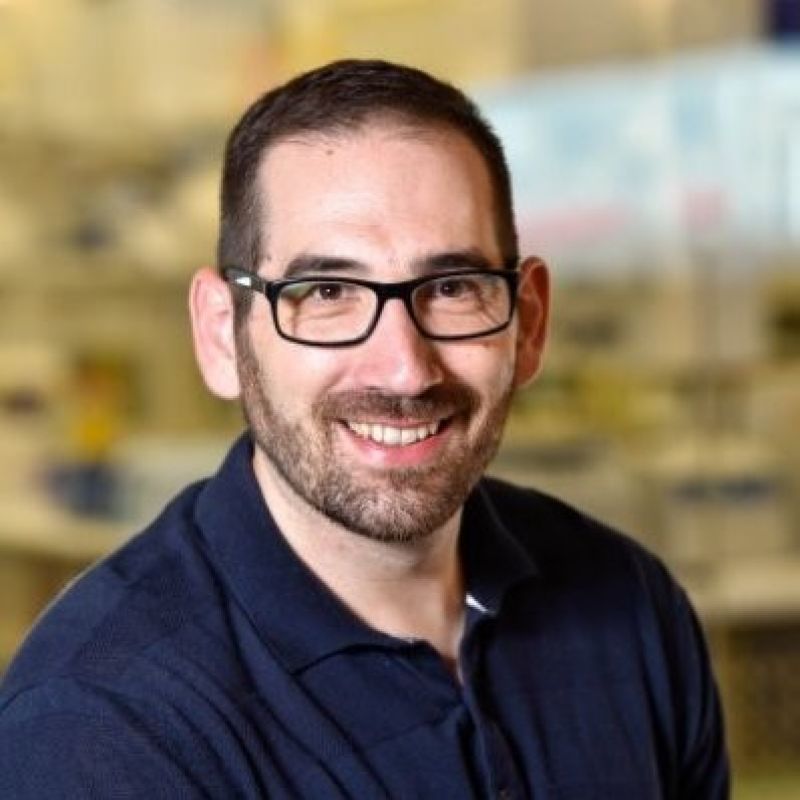Supervisors

- Position
- Visiting Fellow
- Division / Faculty
- Faculty of Health

- Position
- Visiting Fellow
- Division / Faculty
- Faculty of Health

- Position
- Professor
- Division / Faculty
- Faculty of Health
Overview
Melanoma is the 4th most common cancer in Australia. The link between skin cancer and UV exposure is now well established. If a DNA damage induced by UV exposure is left unrepaired, the mutation generated in the genome can lead to cell death or cancer. It is thus highly important to understand of how a cell can repair DNA damage. The main pathway to repair UV DNA damaged is the nucleotide excision repair pathway (NER) (Kamileri I. et al, Trends in genetics, 2012). Defects in the NER pathway have been linked to a higher skin cancer susceptibility.
Human single-strand DNA binding protein 1 (hSSB1) is a protein of focus in our laboratory and we have shown it is crucial for the repair of double-stranded DNA breaks (Richard et al, Nature 2008), replications forks (Bolderson et al. Nucl Acid Res 2014) and oxidative damage (Paquet et al., Nucl Acid Res 2015). We also have preliminary data suggesting that hSSB1 is involved in the repair of UV damage through NER.
The 3 aims of this project will characterise the role of hSSB1 in the repair of UV damage.
Aim 1: to characterise the recruitment of NER proteins in absence of hSSB1.You will deplete hSSB1 using siRNA and assess the recruitment of NER proteins by immunofluorescence staining following UV irradiation.
Aim 2: to characterise the UV DNA damage signalling pathway in absence of hSSB1.The presence of damage in the genome results in phosphorylation of key proteins. You will measure the effect of hSSB1 depletion on those events by western blot.
Aim 3: to characterise the requirement of hSSB1 for cell survival following UV exposure.You will perform hSSB1 depletion and overexpression on a panel of cancer cell lines and monitor cell survival over time after UV exposure.
The completion of this project will demonstrate how hSSB1 is involved in NER.
Approaches/Skills and techniques
- Tissue culture
- Western blotting
- Immunofluorescence staining
- Data analysis
Keywords
Contact
Contact the supervisor for more information.